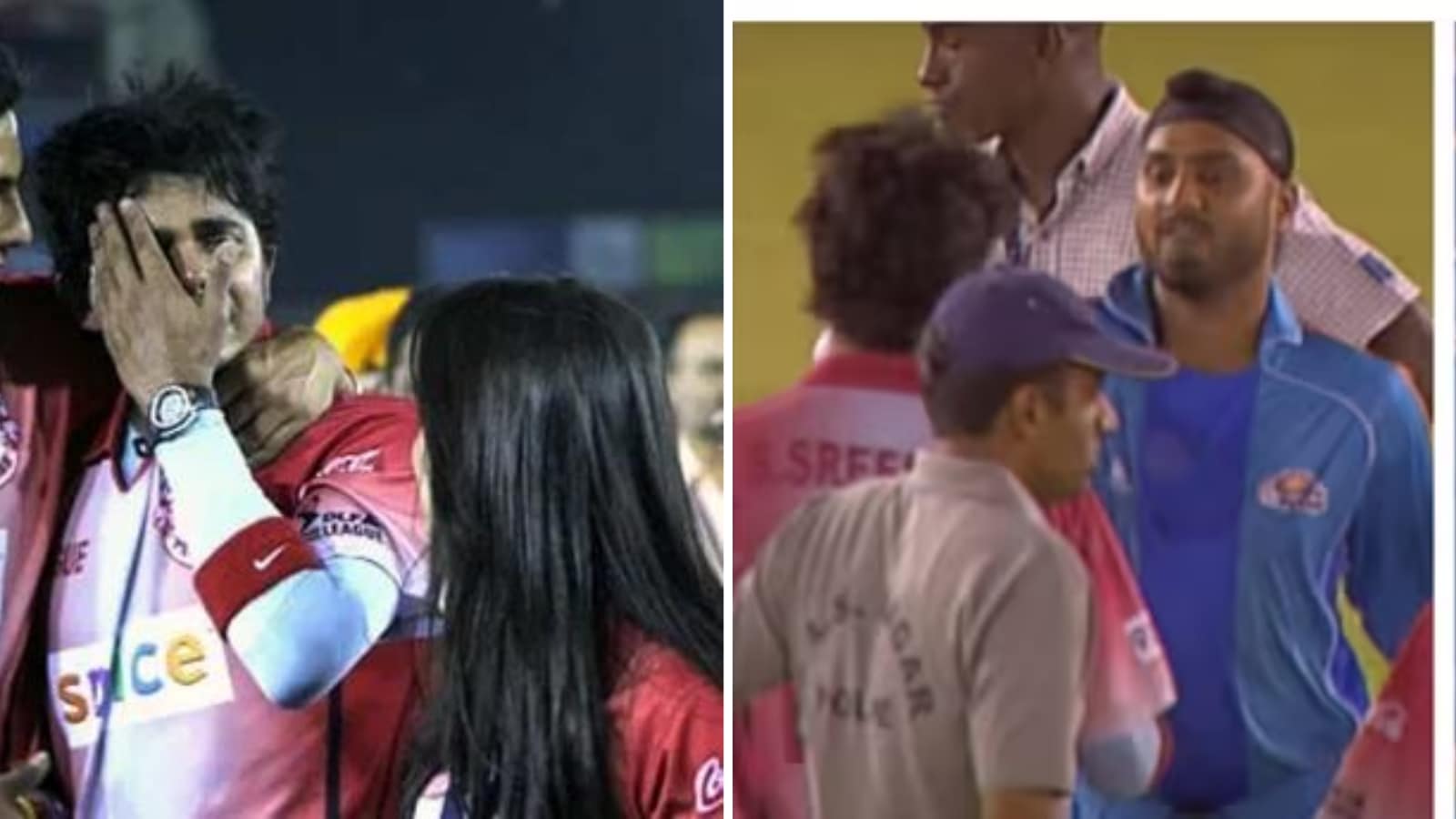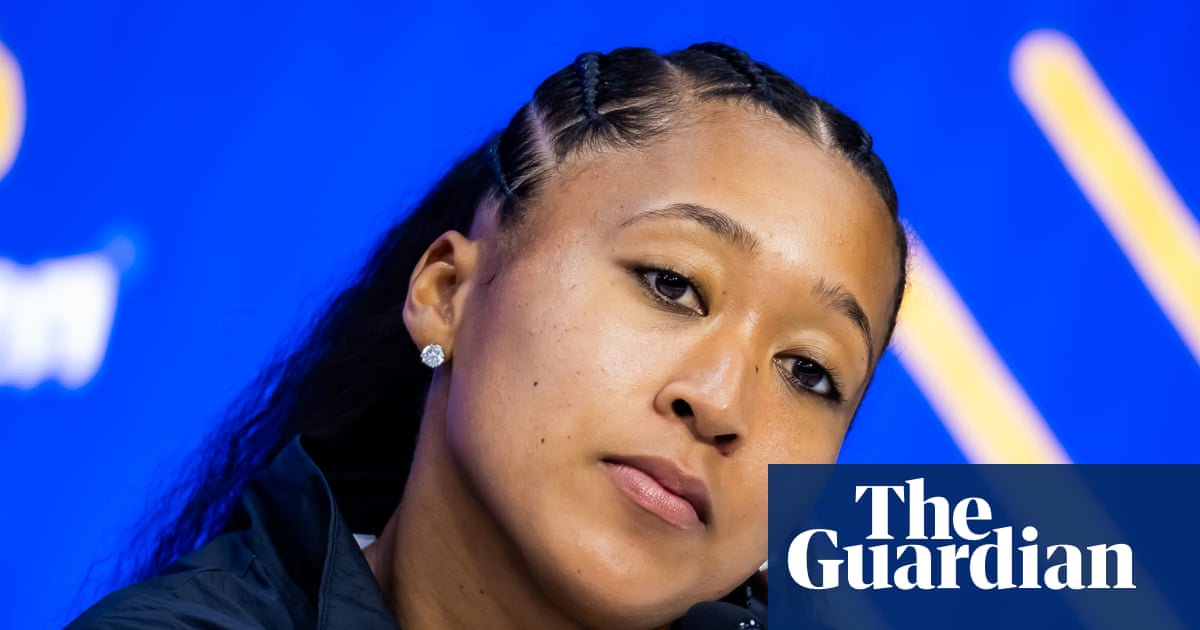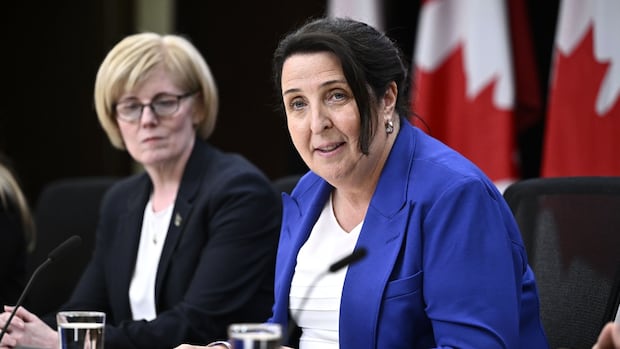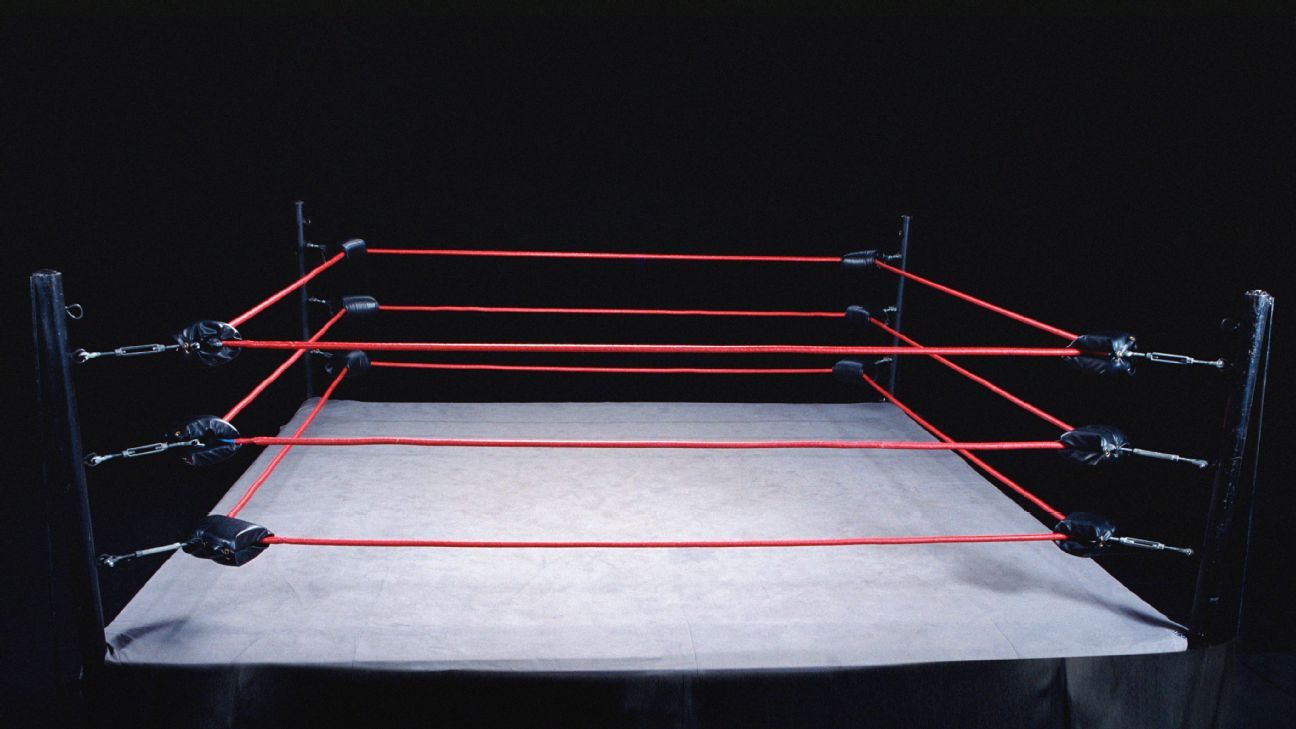Coco Gauff's Wimbledon Journey: Struggles and Lessons from a Tough Draw

Coco Gauff, a rising star in the tennis world, has yet to advance beyond the fourth round at Wimbledon, a tournament that ironically served as the backdrop for her remarkable breakout performance in 2019. This year, however, she faced a substantial challenge right from the beginning, as she squared off against Dayana Yastremska, the world No. 42, known for her unpredictable yet potent game.
Despite her talent, Gauff has struggled to adapt her topspin forehand to the unique grass court conditions, where low bounces can impede her typical style of play. The grass courts of Wimbledon often yield balls that stay low, posing a significant hurdle for players who rely heavily on a topspin approach. This issue was exacerbated when she faced Yastremska, who is known for her aggressive playing style and the ability to put her opponents on the defensive quickly.
Yastremska’s impressive track record, which includes a semifinal appearance at the Australian Open last year, made her a formidable opponent. While her performance can be inconsistent, when she is on form, she can deliver powerful shots that challenge even the most seasoned players. Therefore, Gauff was undoubtedly up against a tough draw, especially considering that her preparation time was limited after winning the prestigious Roland Garros title in Paris.
Following her victory in France, Gauff faced a whirlwind of media obligations in New York, which curtailed her time on the grass courts leading up to Wimbledon. To acclimate to the grass surface, she attempted to compete in a warm-up tournament in Berlin but unfortunately lost in the first round. While Gauff approached this setback with a positive mindset, believing she could refine her skills and find her footing at Wimbledon, the hurdles she faced were undeniable.
As the tournament progresses, Gauff now has a full year ahead of her to analyze her performance and work on her grass court game. This experience, though frustrating, can serve as a learning opportunity as she prepares for future competitions. Her journey reflects the ups and downs of a professional athlete's career and the resilience required to bounce back stronger.


























